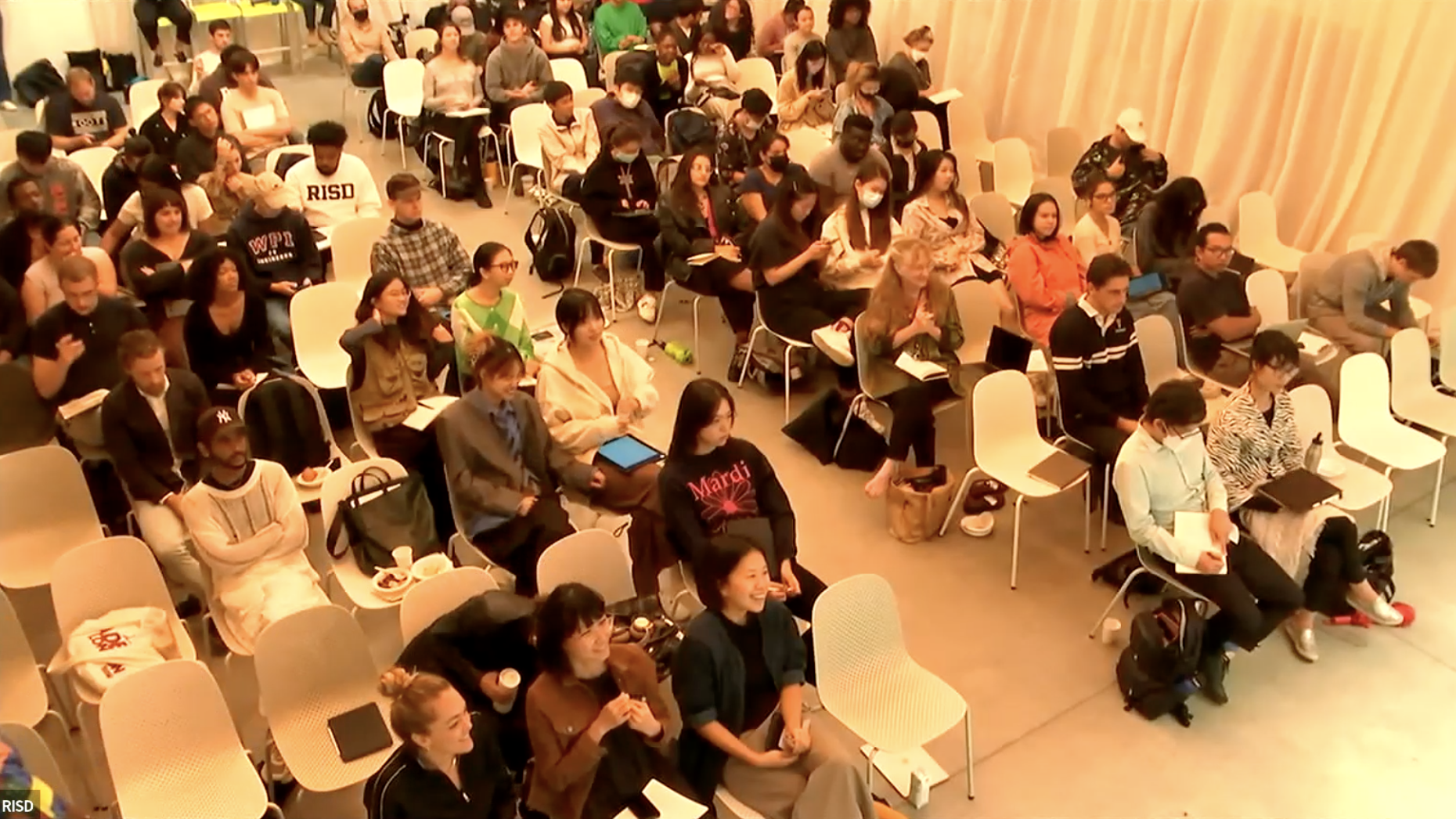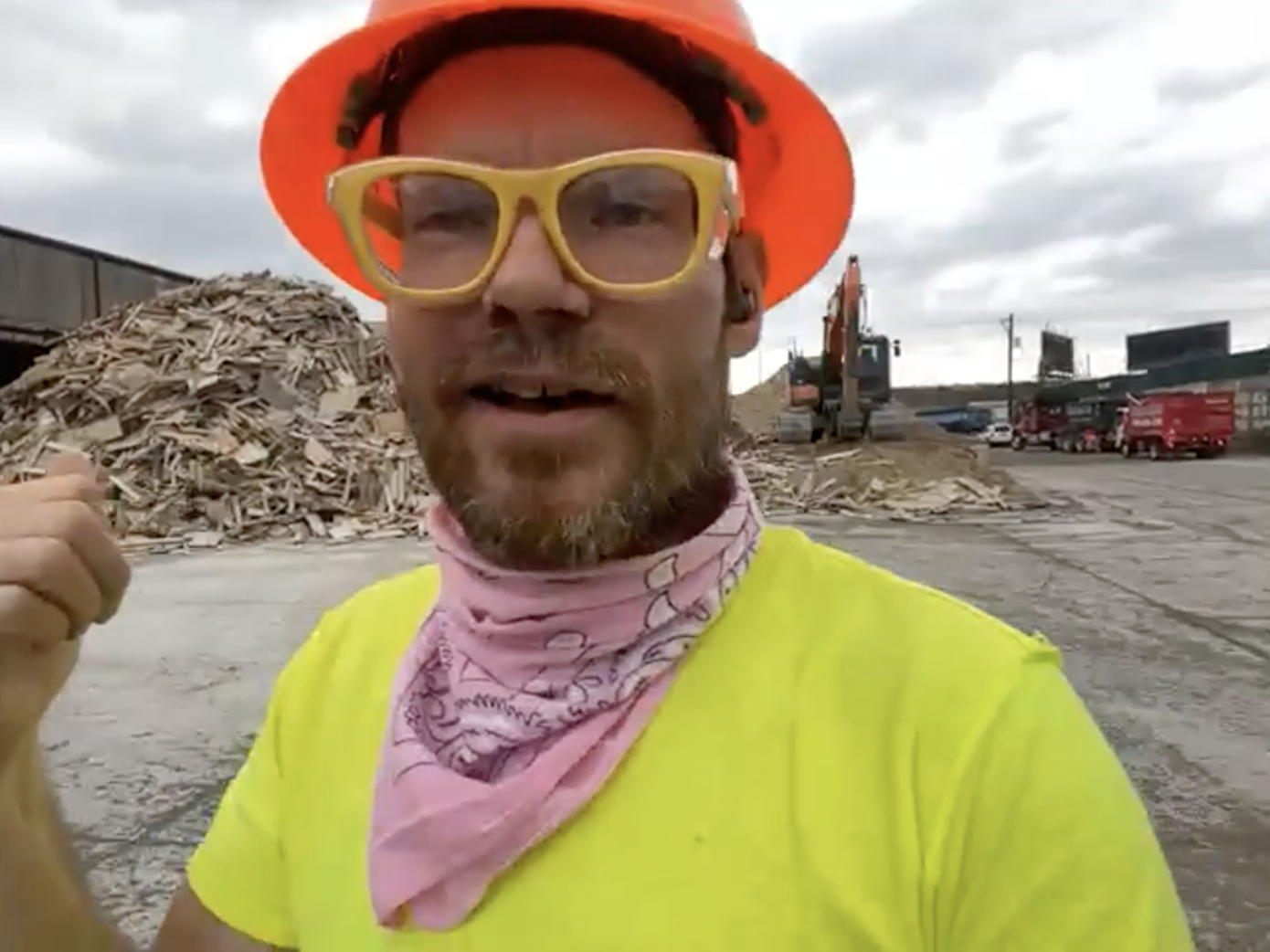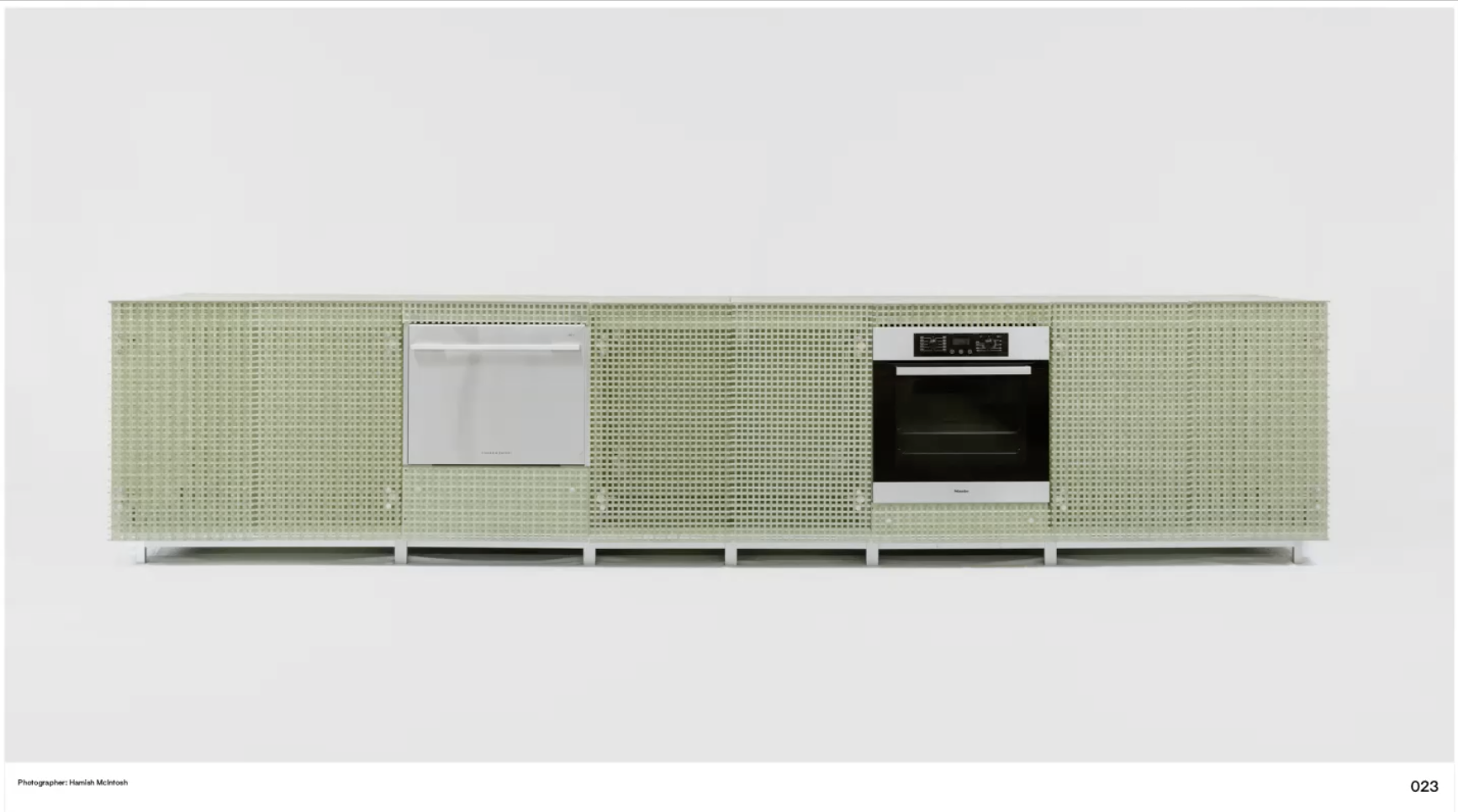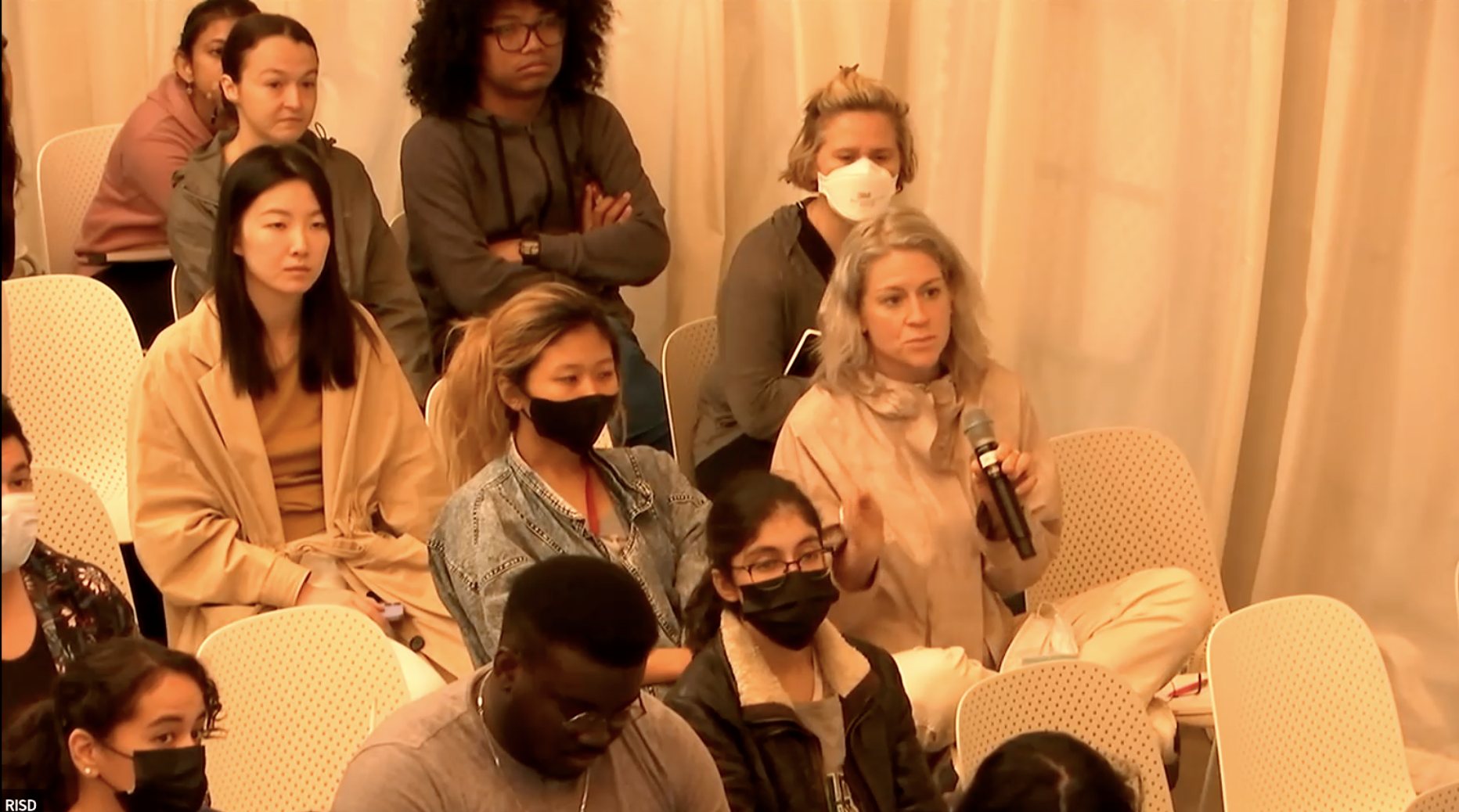Mining Waste: Designing in a Broken World
forum
YEAR:
2022
TYPE:
Panel of guest speakers for the Collapse Symposium, Center for Complexity, RISD, September 22, 2022. Co-organized with Cara Liberatore and Arianna Deane.
PANELISTS:
Ang Li, Northeastern University
Billy Dufala, RAIR Philly
Amy Seo, Second Edition
LINKS:
event recording
symposium website
![]()
2022
TYPE:
Panel of guest speakers for the Collapse Symposium, Center for Complexity, RISD, September 22, 2022. Co-organized with Cara Liberatore and Arianna Deane.
PANELISTS:
Ang Li, Northeastern University
Billy Dufala, RAIR Philly
Amy Seo, Second Edition
LINKS:
event recording
symposium website
INFO:
Architecture is premised on waste. As buildings erode, decay, or become obsolete over time, waste from their demolition and repair is often poorly managed with little focus on ecological care. New construction produces its own excesses which are exacerbated by the boom/bust cycle of real estate development and short-term speculation. As designers and architects, our understanding of material and construction practices still largely ignore these ever-growing streams of waste. Faced with climate emergency, designers continue to optimize construction, to reuse buildings, and to recycle materials — all without accounting for the accrual and persistence of waste.
What if we understood that the collapse of our built environment is not the failure or “end” of architecture, but rather as preconditions for future practice? Engaging broken-world thinking, how might design anticipate and reimagine waste futures in construction, occupation, and demolition? What if waste sites were reframed as quarries?
Architecture is premised on waste. As buildings erode, decay, or become obsolete over time, waste from their demolition and repair is often poorly managed with little focus on ecological care. New construction produces its own excesses which are exacerbated by the boom/bust cycle of real estate development and short-term speculation. As designers and architects, our understanding of material and construction practices still largely ignore these ever-growing streams of waste. Faced with climate emergency, designers continue to optimize construction, to reuse buildings, and to recycle materials — all without accounting for the accrual and persistence of waste.
What if we understood that the collapse of our built environment is not the failure or “end” of architecture, but rather as preconditions for future practice? Engaging broken-world thinking, how might design anticipate and reimagine waste futures in construction, occupation, and demolition? What if waste sites were reframed as quarries?




